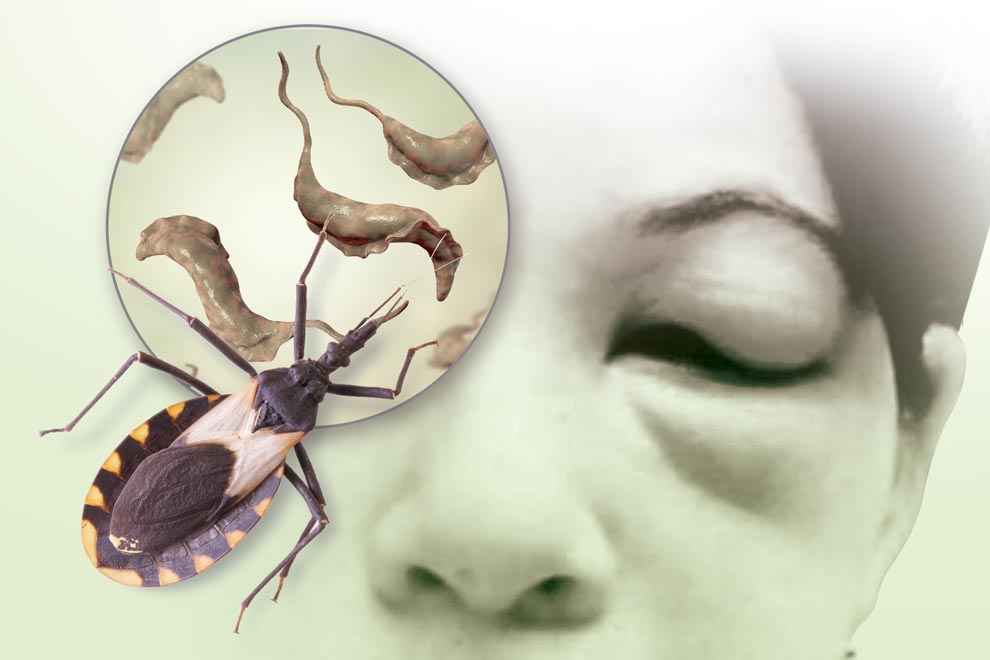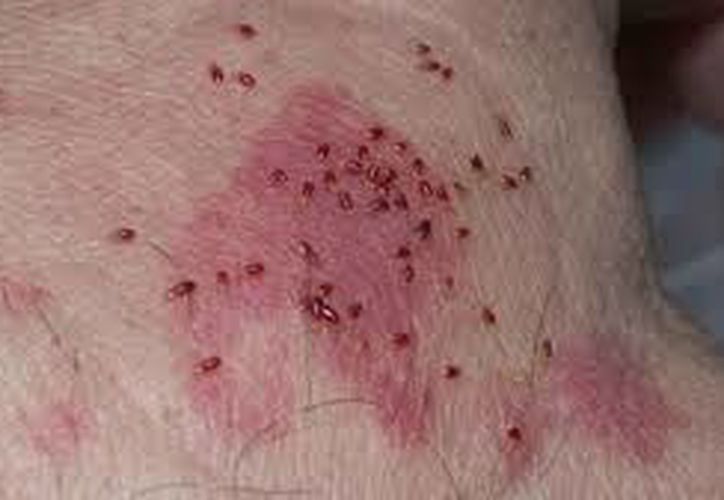Mérida, Yucatán, (April 15, 2021).- Urbanization causes an increase in the incidence of Chagas disease in the country, so the migration of besuconas or pic (Maya name), and also known as bed bugs allows this pathology to migrate into the cities, warned an epidemiologist from the Medical Sub delegation of the Institute of Social Security and Services of the State Workers (Issste), Laura Civeira González.
Likewise, population growth invading the habitat of this insect’s predators, such as frogs, opossums, iguanas, and lizards, among other insectivorous animals.
She commented that until a few years ago, the greatest presence of the pathology occurred in small rural communities, but with the growth of populations, the problem becomes urban, given the increase in the presence of the vector in homes.
The pic (Triatoma dimidiata) is a hematophagous insect, that is, it feeds exclusively on blood; and lives in the jungles or tropical forests. This species is widely distributed in the Mexican tropical region, from the Gulf of Mexico to the Yucatan Peninsula, and transmits the “Chagas Disease” (American trypanosomiasis) through the Trypanosoma Cruzzi parasite.
The specialist said that in the world there are about 7 million people infected by Chagas disease, whose parasite that causes the disease is Trypanosoma Cruzzi is present in 21 countries, mainly in Latin America.
The contagion occurs by mixing the blood with the feces or urine of triatomine insects locally known as pic, which live in cracks or holes in the walls or roofs of houses or exteriors such as chicken coops, pens, warehouses, rural and suburban areas, usually they remain hidden during the day but come out at night to feed on mammals including humans.
The infectologist highlighted the importance of the culture of the use of mosquito nets and of fumigating the premises since these insects bite when the person is asleep, while they defecate and urinate near the bite.
The situation is complicated when scratching, without knowing that they are incubating the disease, the human being himself introduces the feces of the insect into the wound causing the infection, which can take up to 20 years to manifest, and can cause death.

Sometimes the disease can cause fever, headache, in the body and swelling of an eyelid, difficulty breathing, during the chronic phase the parasites hide in the heart muscle and only 10% have digestive alterations, neurological or mixed, she mentioned.
Over the years, the disease can cause sudden death from cardiac arrhythmias or progressive heart failure as a consequence of the destruction of the cardiac muscle and its innervations.
This disease has a cure if it is treated in time by killing the parasite in the acute stage, even in cases of congenital transmission, the reactions affect more in the elderly.
Until today there is no vaccine against Chagas disease, it has been calculated that the cost of treating patients with chronic cardiac, digestive, neurological, or mixed forms of the disease is more than 80 percent higher than the cost of spraying with residual insecticide to control vectors and prevent infection.

Incidence
Only in 2020, in the Mexican Republic 391 confirmed cases of Chagas disease were detected, with a decrease of 63.6 percent compared to the previous year, when the sum was 1,973.
The Yucatan Peninsula was the most affected region of the country, detecting 64 infected, 16.4 percent of the total registered in Mexico.
Likewise, the highest incidence was registered in Veracruz, with 55 cases, 14.1 percent, but no case was detected in Aguascalientes, Chihuahua, Durango, Nayarit and Tlaxcala.
Quintana Roo ranked second in the country, with 34 infected, 8.7 percent, while Yucatan ranked fourth, with 27 positives, 6.9 percent, while in Campeche there were only three cases, 0.77 percent.
Even in Yucatán, the lowest figure was recorded for seven years, since the highest rate occurred in 2014, with 108 infections; in 2017 there were 86 infected; in 2018 there were 70 positives; in 2019 there were 66 confirmed; in 2015, the accumulated was 61, and in 2016 there were 60 cases.

#From the heart
Within the framework of the World Day of this disease, Fher Val, illustrator and artist, together with the association’s Patients of Heart AC (PACO) and Salvando Latidos AC in collaboration with Novartis launched the campaign #DesdeElCorazón, which seeks through digital art and from three testimonies they create awareness in the population about the importance of diagnosing and treating cardiovascular diseases such as Chagas disease in time.
Currently, making the population aware of heart disease is crucial, especially if there is some misinformation about the importance of timely diagnosis and treatment.
Such is the case of Chagas disease, which is suffered by more than a million Mexicans and, as it is a silent and asymptomatic disease, it is difficult to diagnose in the early stages, which in some cases can cause severe and irreversible damage to the heart.
The specialist in Heart Failure, Adolfo Chávez Mendoza, remarked that due to the long time the patient spends without presenting symptoms, the disease progresses to a chronic stage when the heart is already affected.
“At that moment, the person begins to present symptoms compatible with heart failure, such as shortness of breath, dizziness, fainting, and swelling of the legs,” he stressed.


